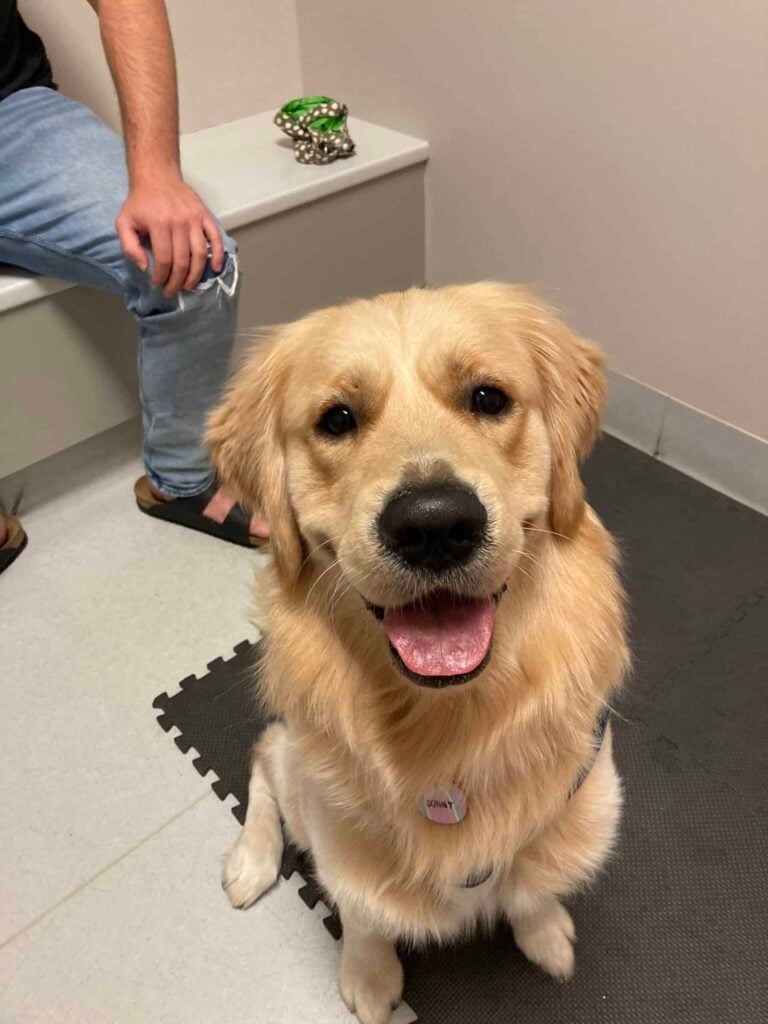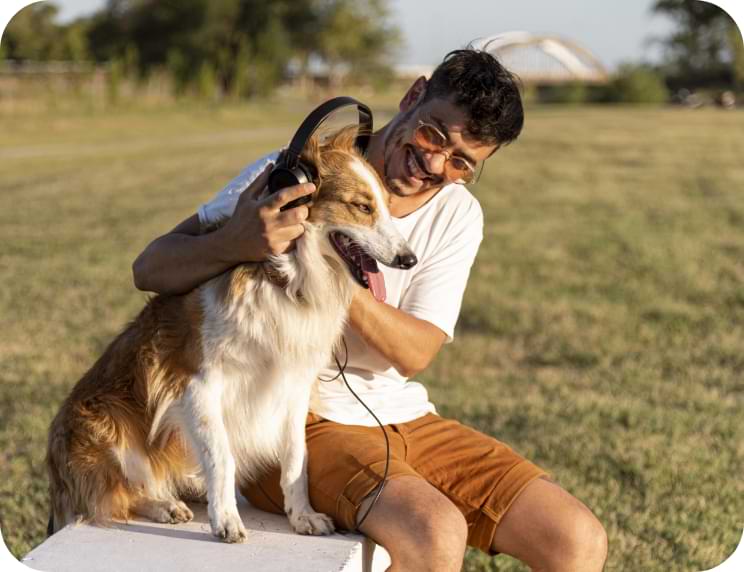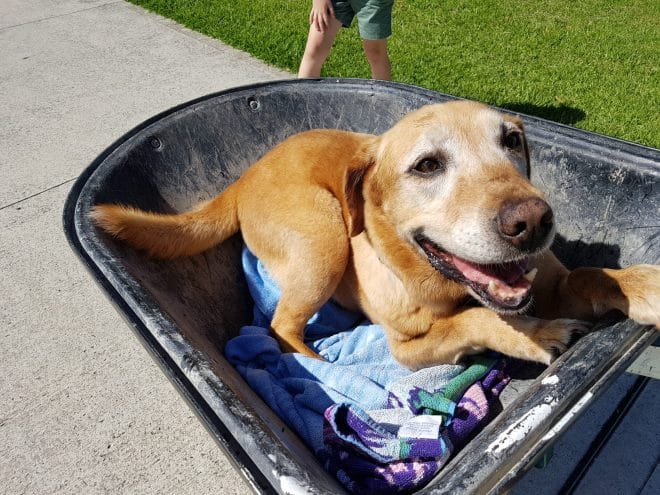Cruciate surgery is a really common procedure in veterinary hospitals today. Although not all cruciate surgeries are the same, the benefits of early rehabilitation are clearly demonstrated in research.
The first fourteen days after surgery are crucial to getting your pet back on their feet quickly.
Cruciate injuries in dogs are the result of a degeneration in the strength of the ligament. Over time, lots of microscopic tears, or inflammation in the joint can weaken the ligament, until it finally gives way. This process begins as a subtle lameness after exercise, but then, one day…the ligament gives way and your pet is clearly lame. Often there is an incident at the park, or while running after a ball at the beach, that you can pinpoint as ‘the moment’ the ligament gave way.
During the development of a cruciate injury your dog is often limping ever so slightly. The body compensates to protect the injury to shifting weight away from the injury and onto other legs. BUT, as your dog does this, the load on the injured leg is diminished, the muscles are not working as hard and the muscles begin to waste away around the affected joint.
Veterinary Rehabilitation utilises multiple strategies to address the problems associated with a cruciate injury. Initially the focus is on reducing pain and inflammation and encouraging a normal range of motion. Early weight bearing is good for maintaining muscle strength, although this can be hard at the beginning, when the joint is swollen and sore.

As the surgical site heals and your pet starts to gain confidence on their operated leg, the rehab program can extend to strengthening muscles to maintain healthy posture – yes…dogs have a core and they need to know how to use it! The next steps focus on strength in particular muscle groups and overall recovery of endurance.
Dogs rarely have an ‘off’ switch, and the moment they feel better, they want to get back on the beach or running after a ball. Returning to these activities is certainly possible, but it does take time. A structured return to activity is important to prevent complications, such as meniscal injuries, or worse still, damaging the surgical repair. A careful rehabilitation program balances the body’s healing process, the surgical repair and the dog’s desire to get back to chasing the neighbour’s cat.
When your pet is managed by a specially trained rehabilitation veterinarian, specific exercises can be tailored to your individual pet, which accommodates the specific injury and any other underlying conditions that may influence their recovery. A rehab vet will also be able to give you tips and tricks to facilitate your pets recovery and rehab exercises. Not every dog wants an ice pack on their leg or are happy to do the planned program.
Rehabilitation can begin in the hospital, straight after the procedure and during your pet’s hospital stay while they recover, and can continue the moment you get your pet home. Early rehabilitation improves function and return to normal activities.
If you ever have the misfortune of a cruciate surgical repair yourself, you will know that physiotherapy is an integral part of your recovery. Why should it be any different for your faithful dog?






